Elizabeth I Sixpence
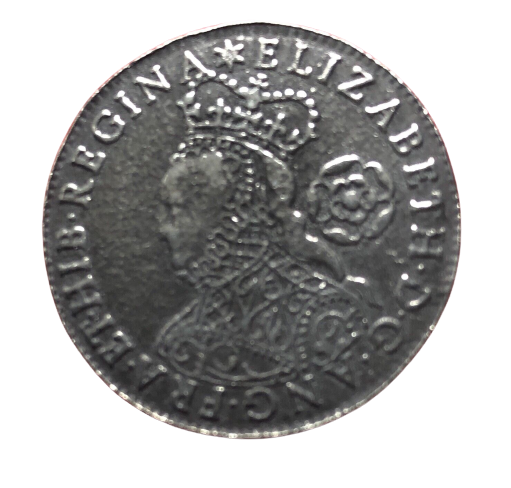 We have a replica Elizabeth I sixpence in our Tudor Handling Collection.
We have a replica Elizabeth I sixpence in our Tudor Handling Collection.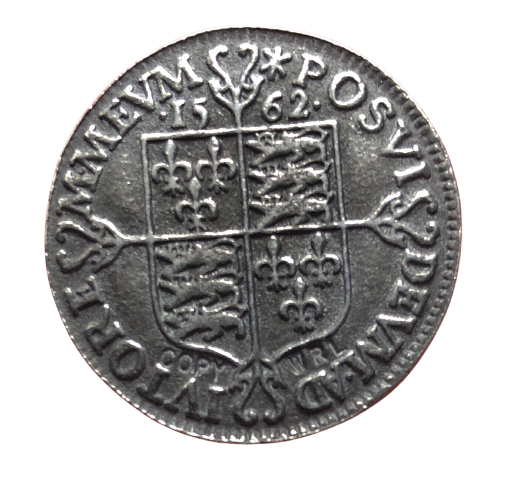
 We have a replica Elizabeth I sixpence in our Tudor Handling Collection.
We have a replica Elizabeth I sixpence in our Tudor Handling Collection.
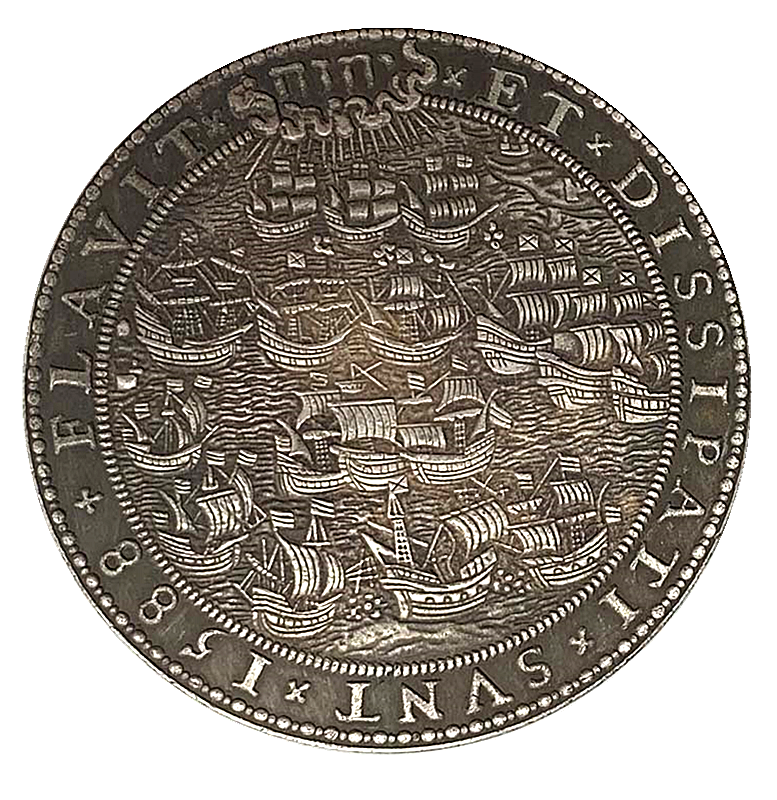 We have a replica medal celebrating the defeat of the Spanish Armada in our Tudor Handling Collection.
We have a replica medal celebrating the defeat of the Spanish Armada in our Tudor Handling Collection.
On one side, the medal shows the destruction of the Spanish Armada by a violent storm, which is imagined in the scene as an act of God. The name "Jehovah" in Hebrew appears in the clouds above the storm. Around the edge, the Latin words "FLAVIT ET DISSIPATI SVNT" (HE BLEW AND THEY WERE SCATTERED) appear, as well as the date, 1588.
On the reverse of the medal, there is a church on a rock surrounded with stormy waves. This represents the Church of England and Elizabeth I, head of the church. The Latin words "ALLIDOR NON LAEDOR" (I AM ASSAILED NOT INJURED) appear around the edge. The arms of Maurice, Prince of Orange, appear below.
The medal was originally made of silver and it was struck at Mildenburg in the Netherlands.
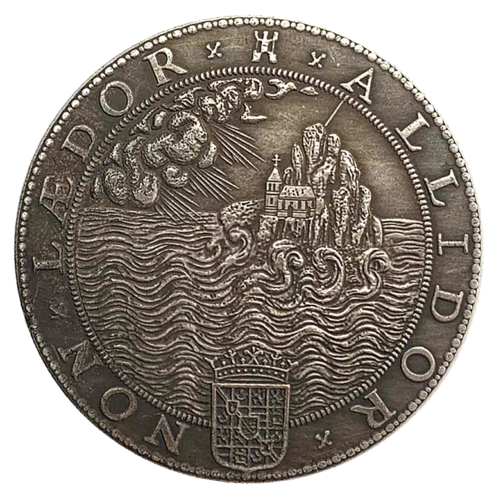
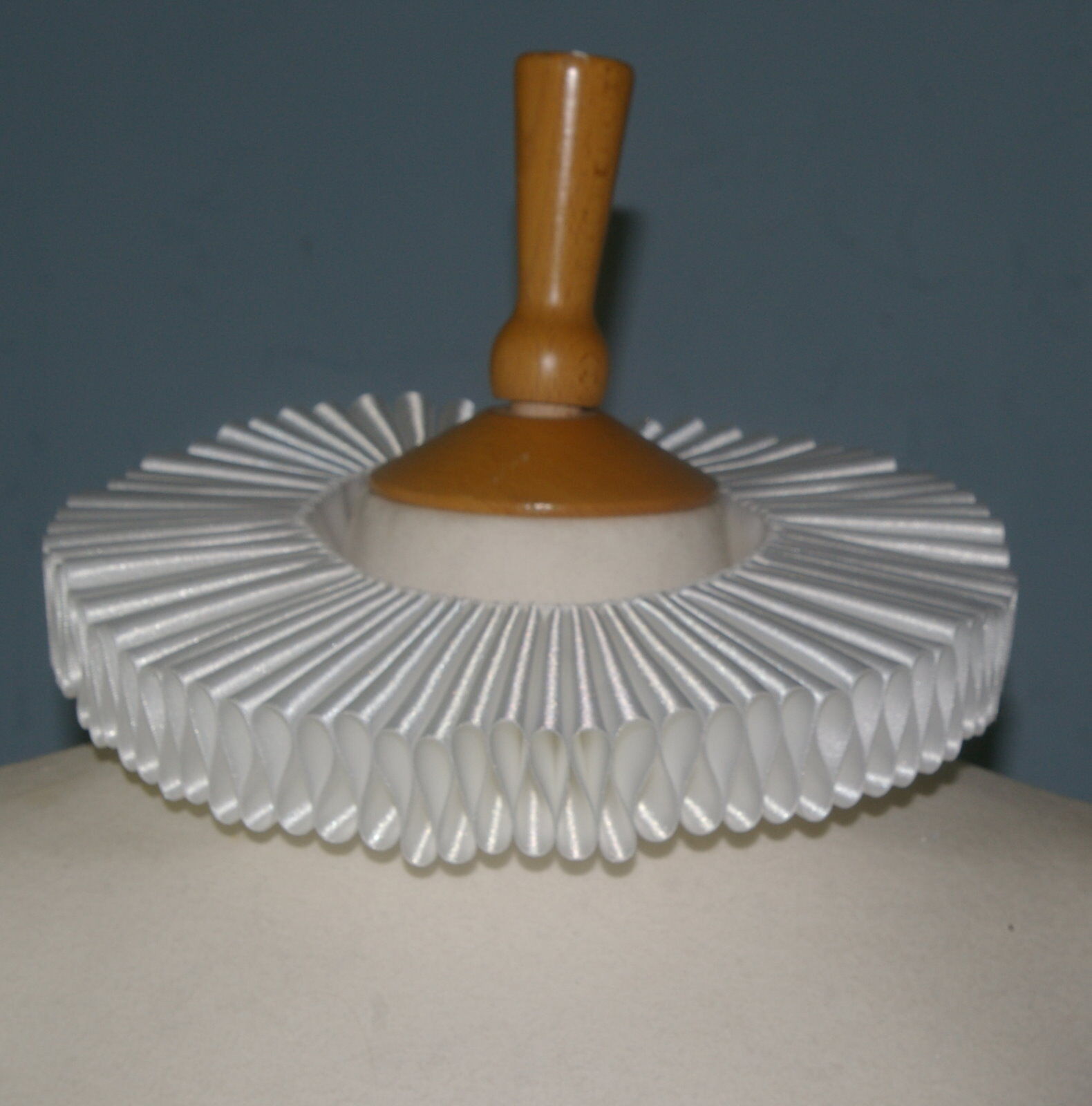 We have a replica ruff in our Tudor Handling Collection.
We have a replica ruff in our Tudor Handling Collection.
Ruffs were worn by women, men and children in Tudor times, and started out as a small ruffle of fabric at the top of a shirt that could be washed separately, and helped prevent gowns and other clothing getting stained and dirty. Over time, the size of ruffs increased, and this made them increasingly impractical. This led to them being associated with wealthy people. Starch was added to help hold the folds of the ruff in place.
While the most common colour for a ruff was white, ruffs were made in a variety of colours. A ruff with a blue tint was thought to make its wearer look paler, which was seen to be a positive thing at the time. Elizabeth I is said to have refused blue tinted ruffs to be worn by any of her subjects, since blue was the colour of the Scottish flag.
While ruffs went out of fashion in the seventeenth century, some church ministers and choirs still include the ruff in their uniforms.
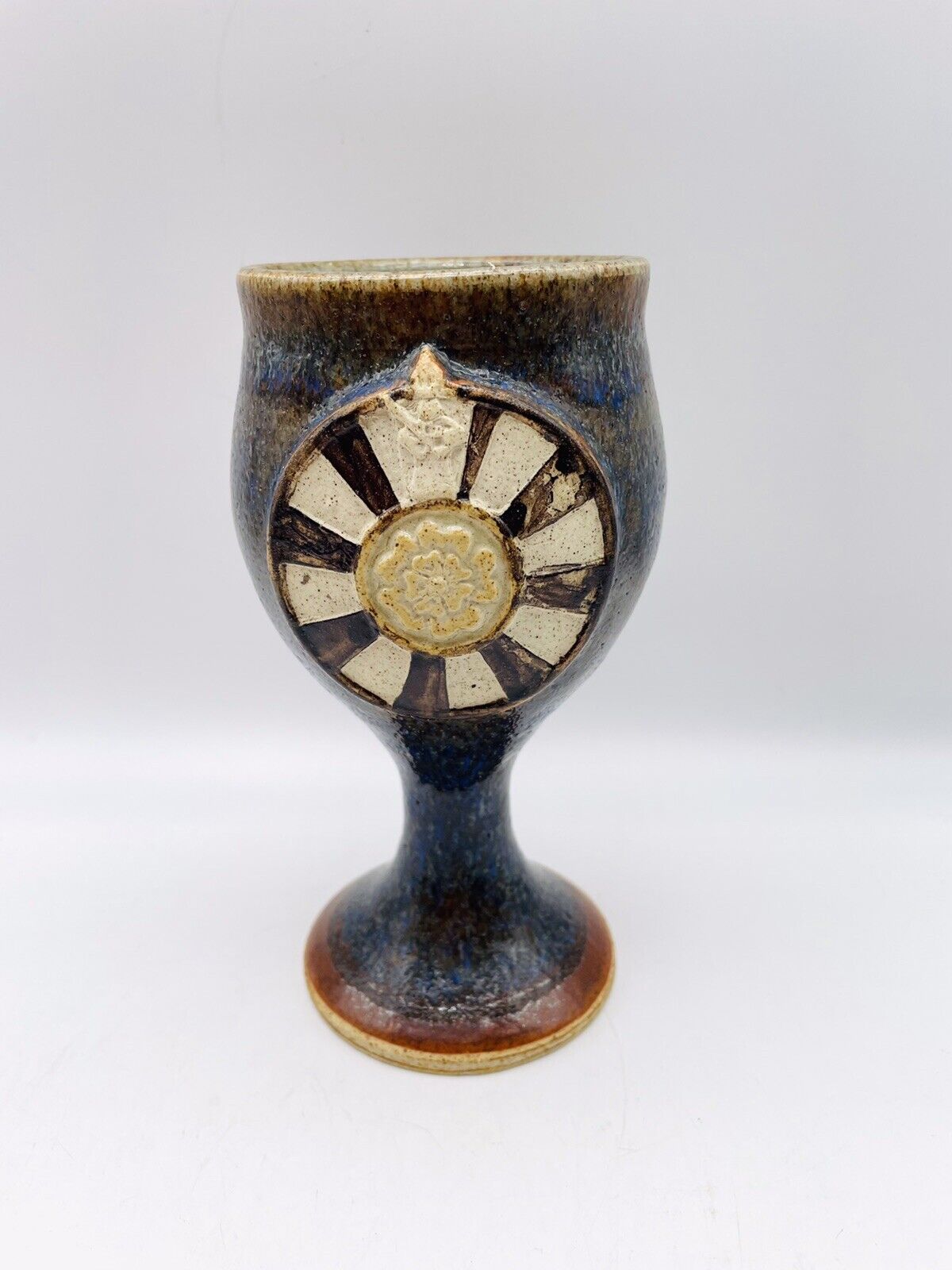 We have a replica goblet with a Tudor rose decoration in our Tudor Handling Collection.
We have a replica goblet with a Tudor rose decoration in our Tudor Handling Collection.
The poor in Tudor Times drank from wooden cups and goblets. Ale was the most common drink, which is a sweet tasting beer. Water would have been too dirty and therefore too dangerous to drink. Rich people also drank wine and had wine glasses.
This replica goblet is decorated with the Tudor rose. The Tudor rose is an emblem of England, and it originated from the House of Tudor, a Welsh and English family which held the throne in England from 1485 to 1603, and included Henry VII, Henry VIII, Edward VI, Jane Grey, Mary I and Elizabeth I. It joined the House of Lancaster and the House of York.
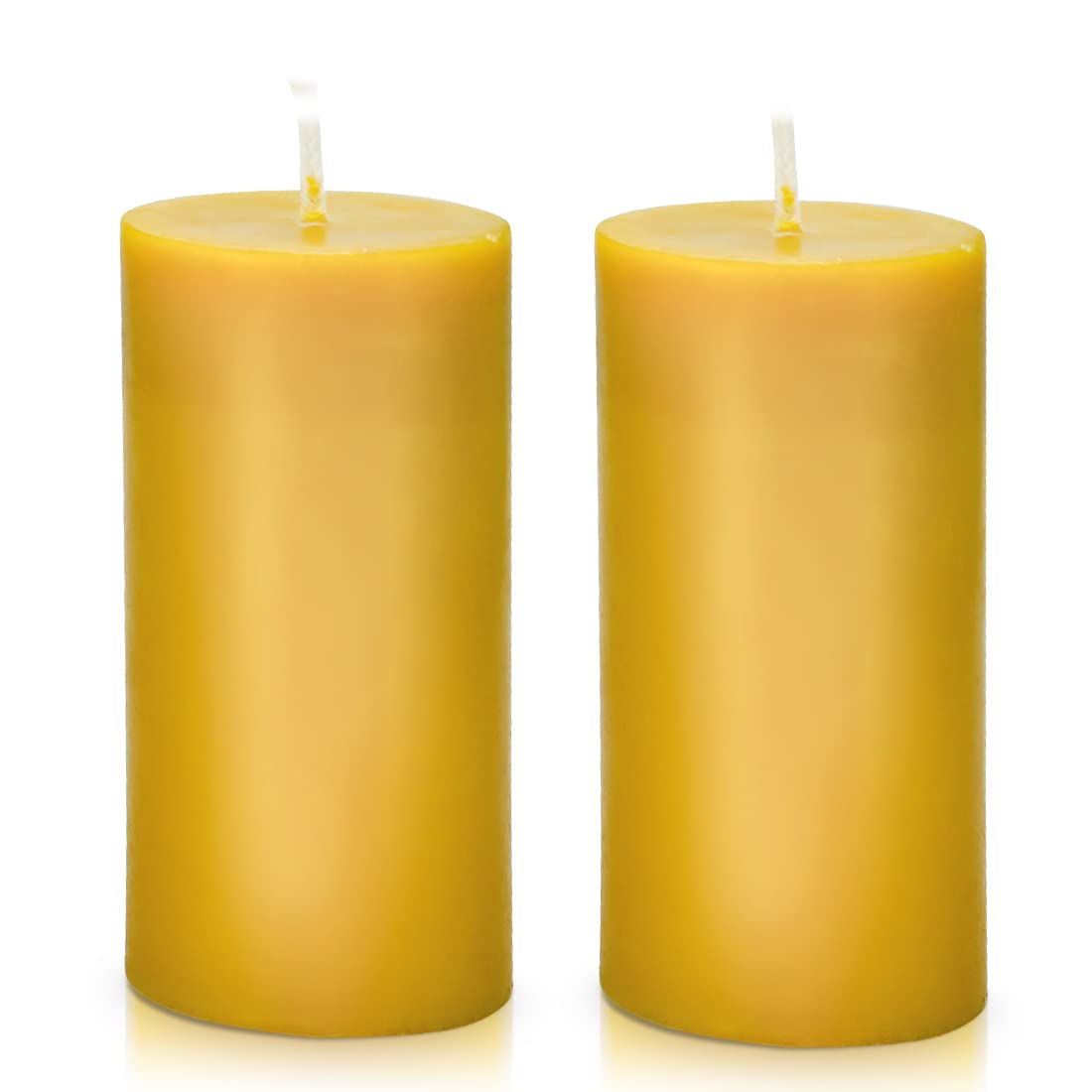 We have a set of beeswax candles in our Tudor Handling Collection.
We have a set of beeswax candles in our Tudor Handling Collection.
In Tudor times, those who were poor would have made the candles from tallow, which is made from animal fat. These candles would have created an unpleasant smell when burning and released smoke which blackened the walls of homes. Rich people would have had candles made from beeswax, which has a fragrant smell, and did not give off the black smoke which tallow candles did.
During Tudor times, candles and oil lamps were the main way of lighting spaces at night.